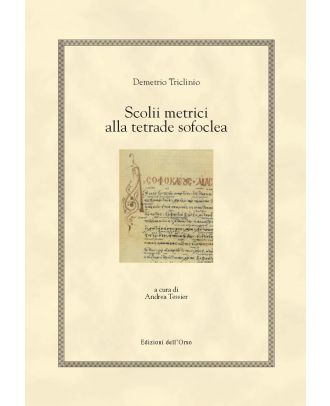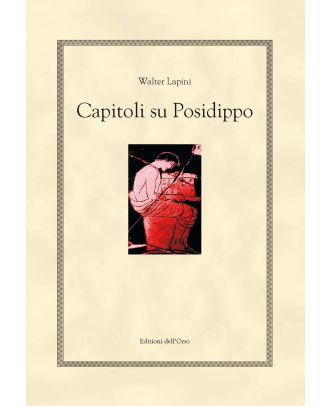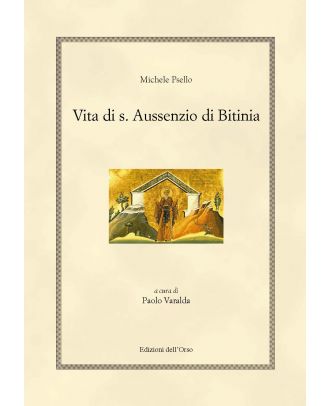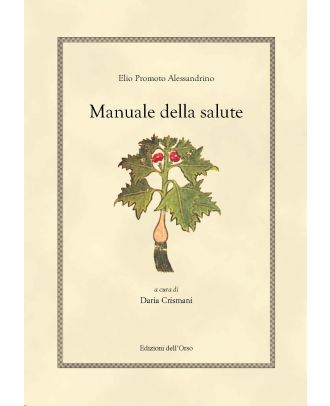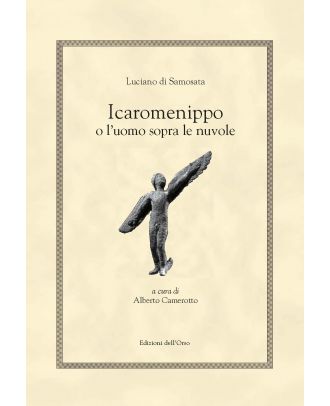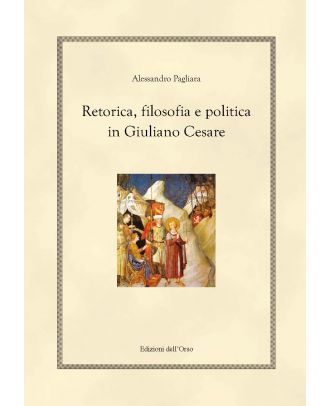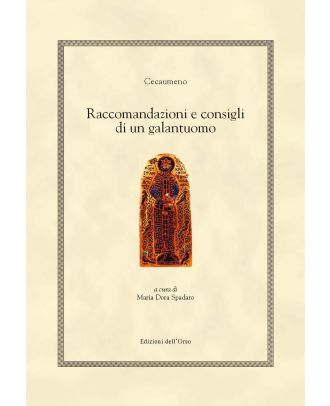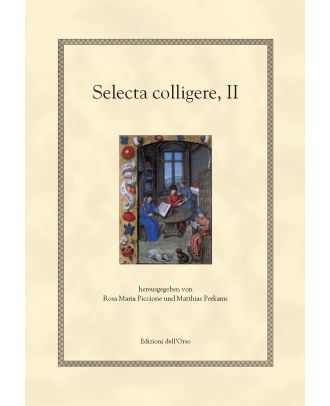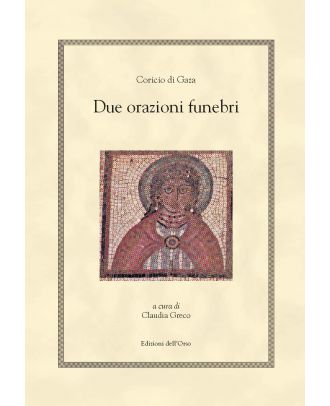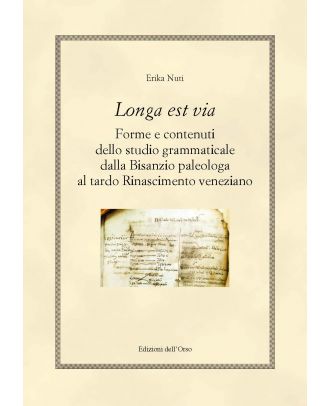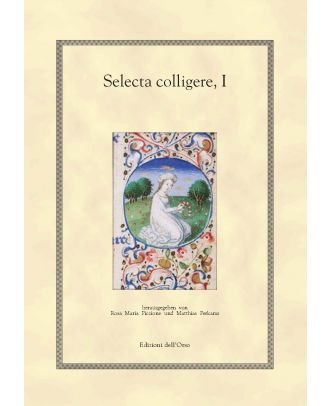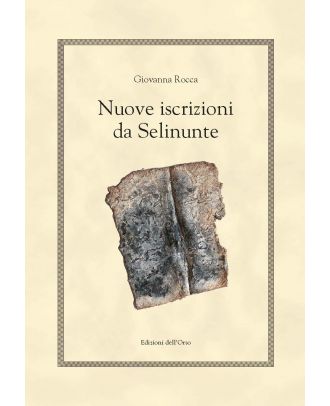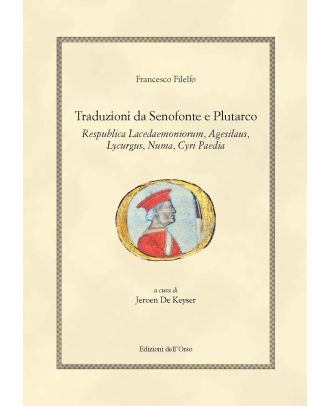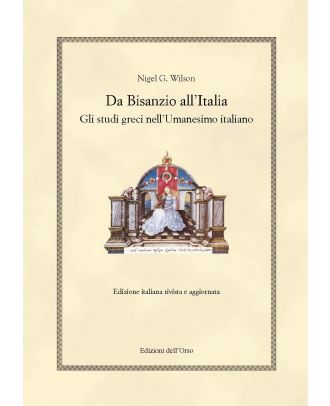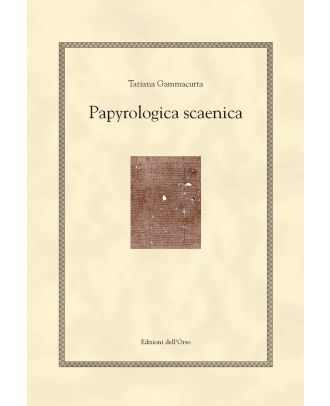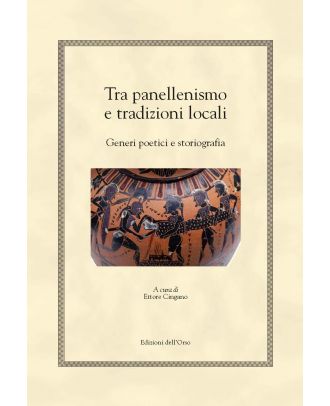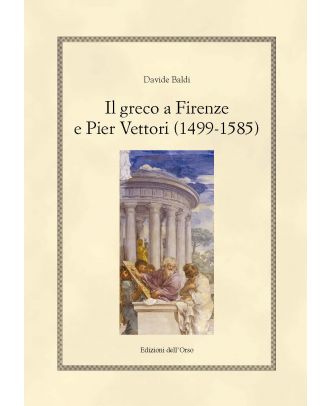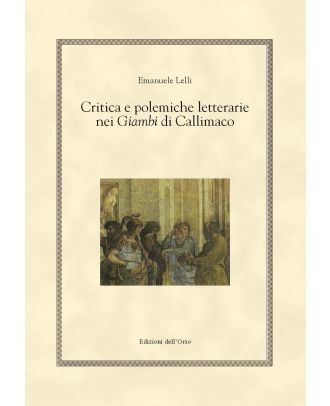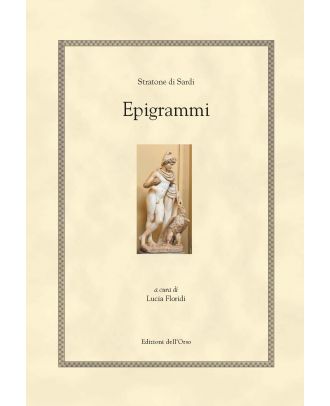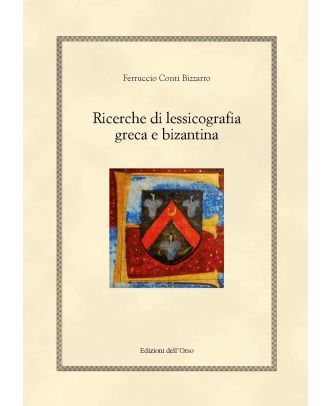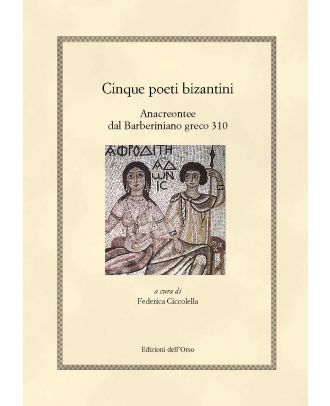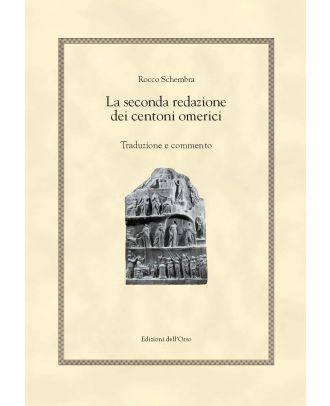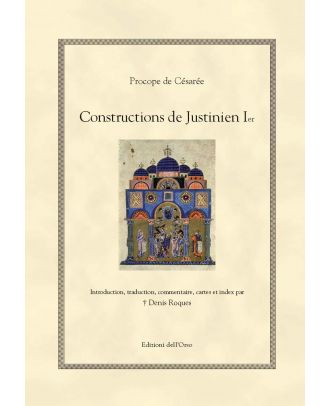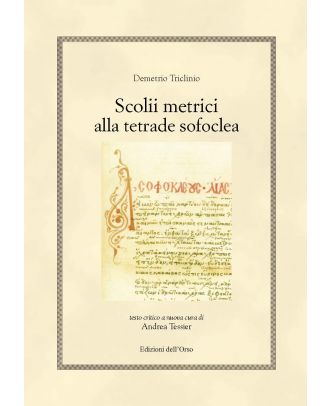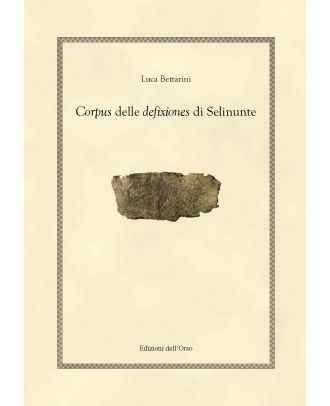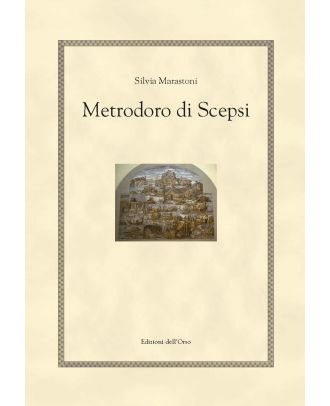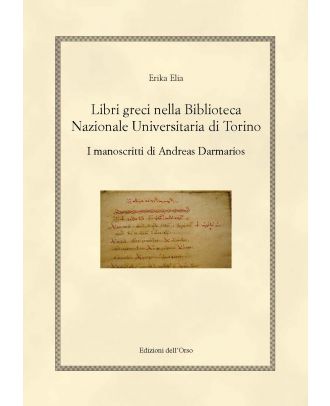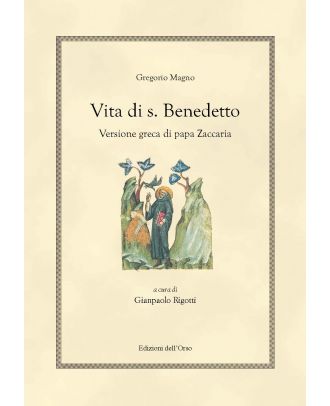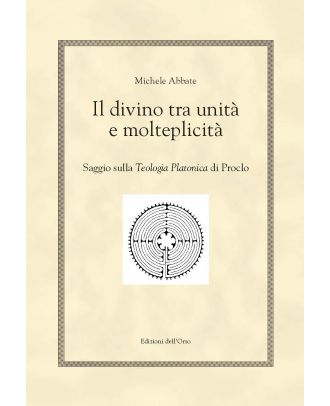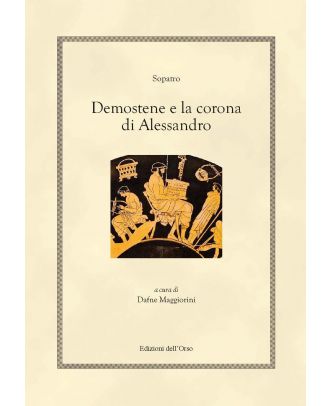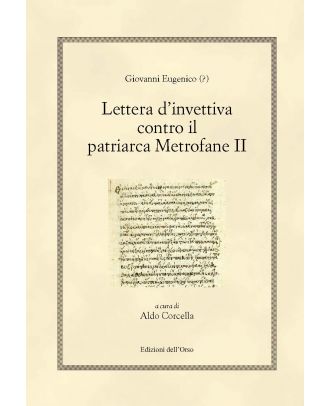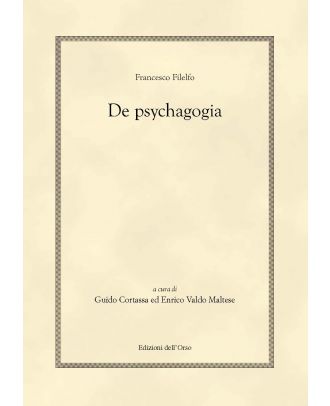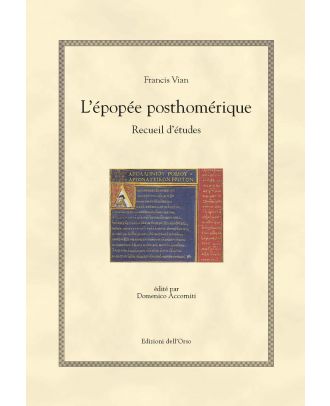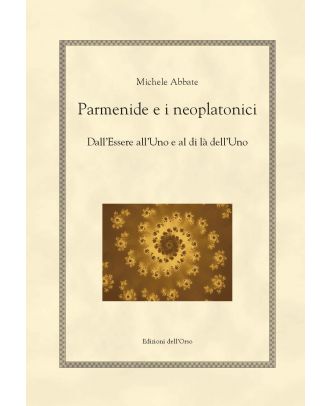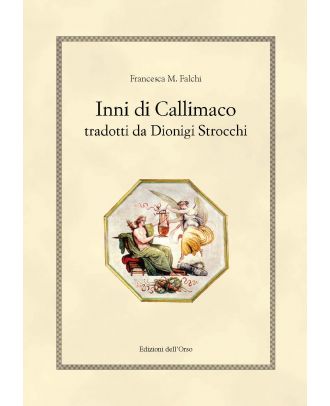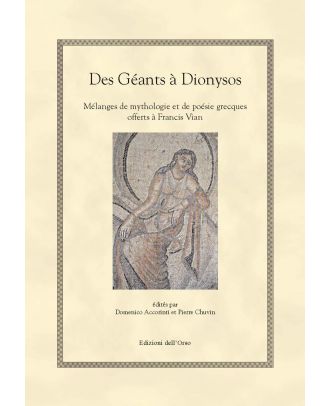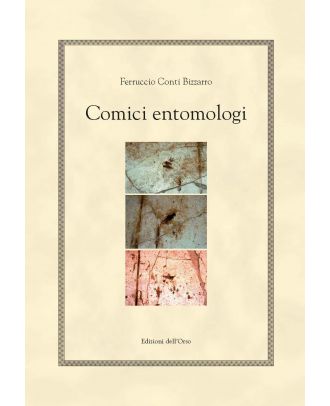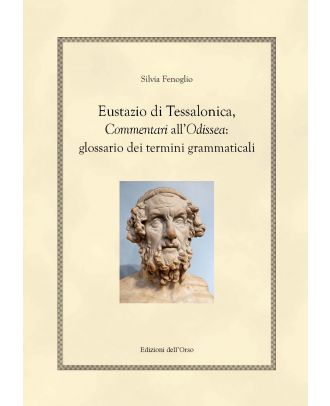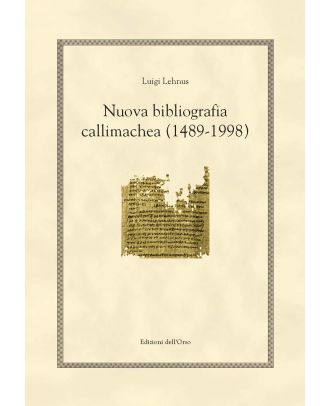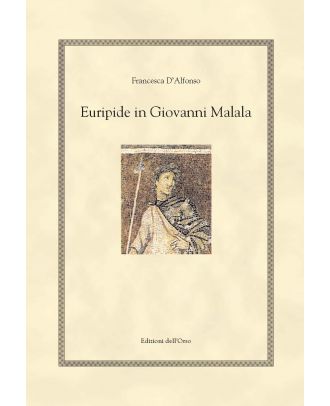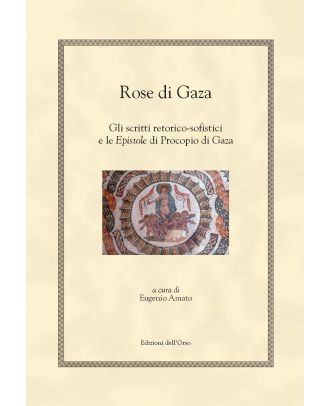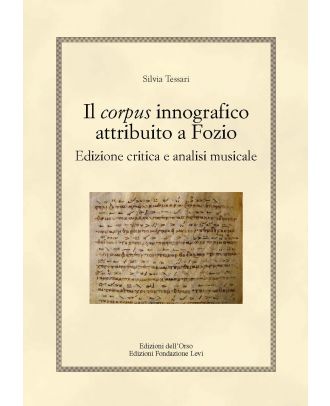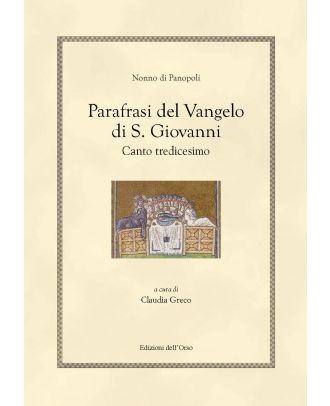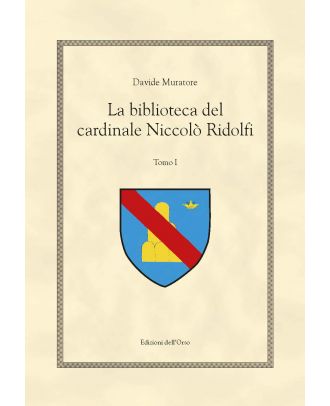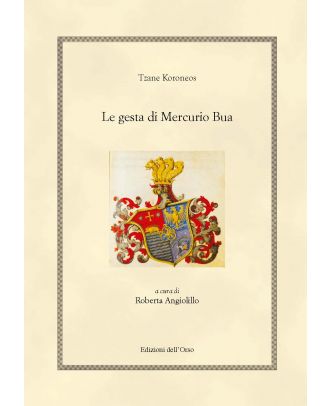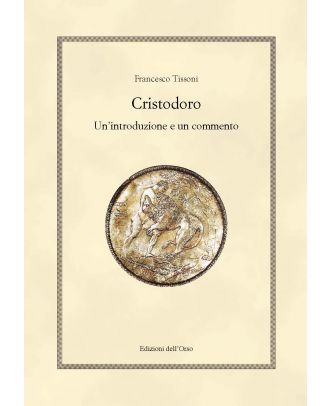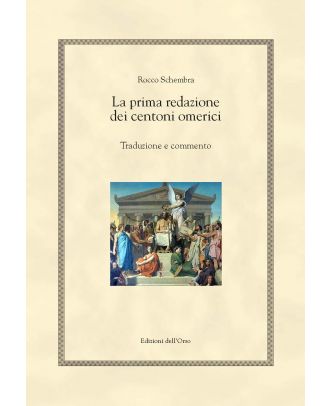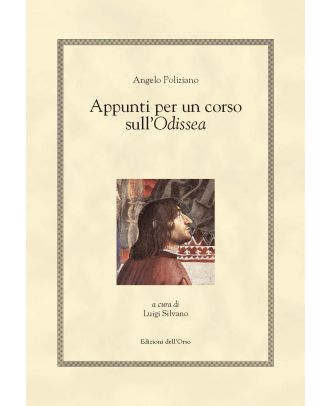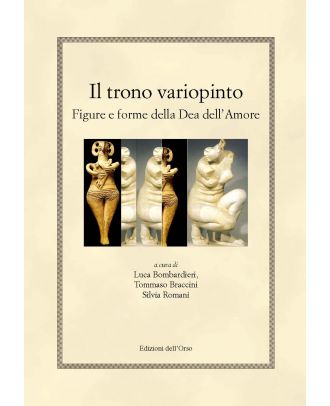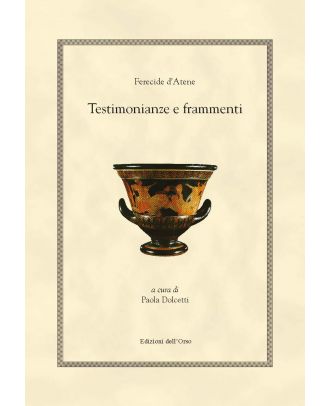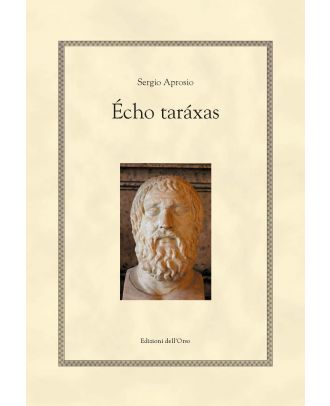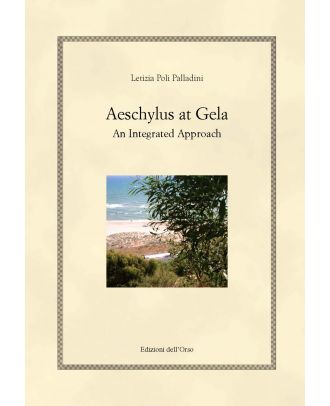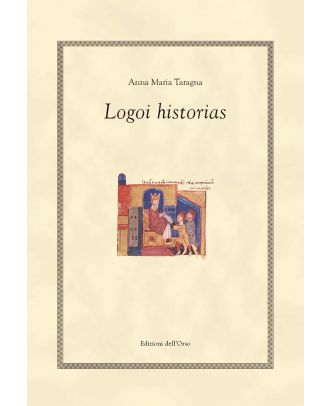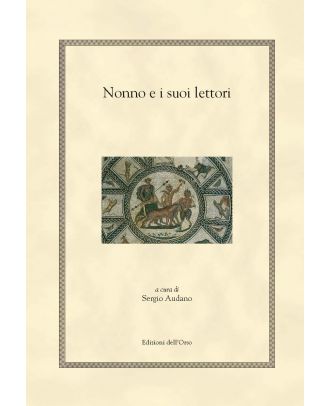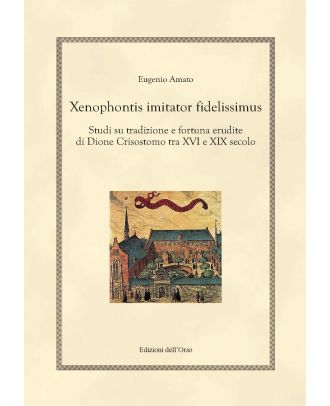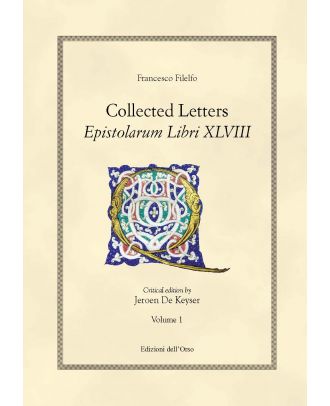Three Burials (Ibycus, Stesichorus, Simonides)
| ISBN | 978-88-6274-260-3 |
|---|---|
| Numero in collana | 38 |
| Collana | Hellenica / ISSN 1825-3490 |
| Autore | Silvia Barbantani |
| Pagine | 128 |
| Anno | 2011 |
| In ristampa | No |
| Descrizione | Three Burials (Ibycus, Stesichorus, Simonides) |
Foreword ● Abbreviations ●Introduction: The canon of the nine lyric poets in epigram ● 1. Ibycus: The dangers of being a wealthy, wandering poet ●2. Stesichorus. A pseudo-Pythagorean Homer? ● 3. Simonides. Graves may move, but the memory remains ● Appendix: texts discussed ● Illustration ● Works Cited ● Indexes
This work focuses on Hellenistic and Roman epigrams dedicated to three lyric poets who were born or died (or both) in Italy: Ibycus, Stesichorus and Simonides. Although included in the canon of the Nine Lyric Poets (AP 9.184 and AP 9.571), and frequently quoted and praised in the scholastic and rhetorical environment, these three authors did not enjoy the same popularity as their ‘colleagues’ Anacreon, Sappho and Pindar as ‘stock characters’ celebrated in epigram. For some reason epigrammatists found inspiration mainly in their death or burials, often linked to mysterious or peculiar circumstances that now defy interpretation: Ibycus’ violent death and ‘miraculous’ vengeance by a flock of cranes, an episode which finds an echo in a Pythagorean tale and which later passed into the realm of proverb, inspiring a dramatic ballad by Schiller; Stesichorus’ complex mausoleum, a peculiar Hellenistic creation probably influenced by Pythagorean symbolism, which left traces in a motto (Panta okto) and in the traditions of medieval and modern Catania; the violation of Simonides’ grave and its punishment (also related to a proverb, “Do not move Camarina”), described by the poet himself in a Callimachean aition which, until the first half of the twentieth century, was believed to be an epigram. After Late Antiquity, the memory of these lyric poets survived for centuries preserved in anecdotal tales, random quotations and a few epigrams, even when their poems, bodies and monumental graves had been destroyed by time and human impiety. Buried in papyri and in the manuscripts of epigrammatic anthologies, Ibycus, Stesichorus and Simonides would need a few more centuries to rise again from their grave as wise men and lyric poets.
Silvia Barbantani obtained her PhD in Greek Literature at the Università degli Studi di Urbino; she is Researcher in Greek Literature and teaches Greek Language and Classical Philology at the Università Cattolica del Sacro Cuore (Milano and Brescia), and is an associate member of the Corpus Christi College’s Centre for the Study of Greek and Roman Antiquity, Oxford. She has published extensively on literary papyrology, epigram, Hellenistic encomiastic poetry and the reception of lyric poetry.


